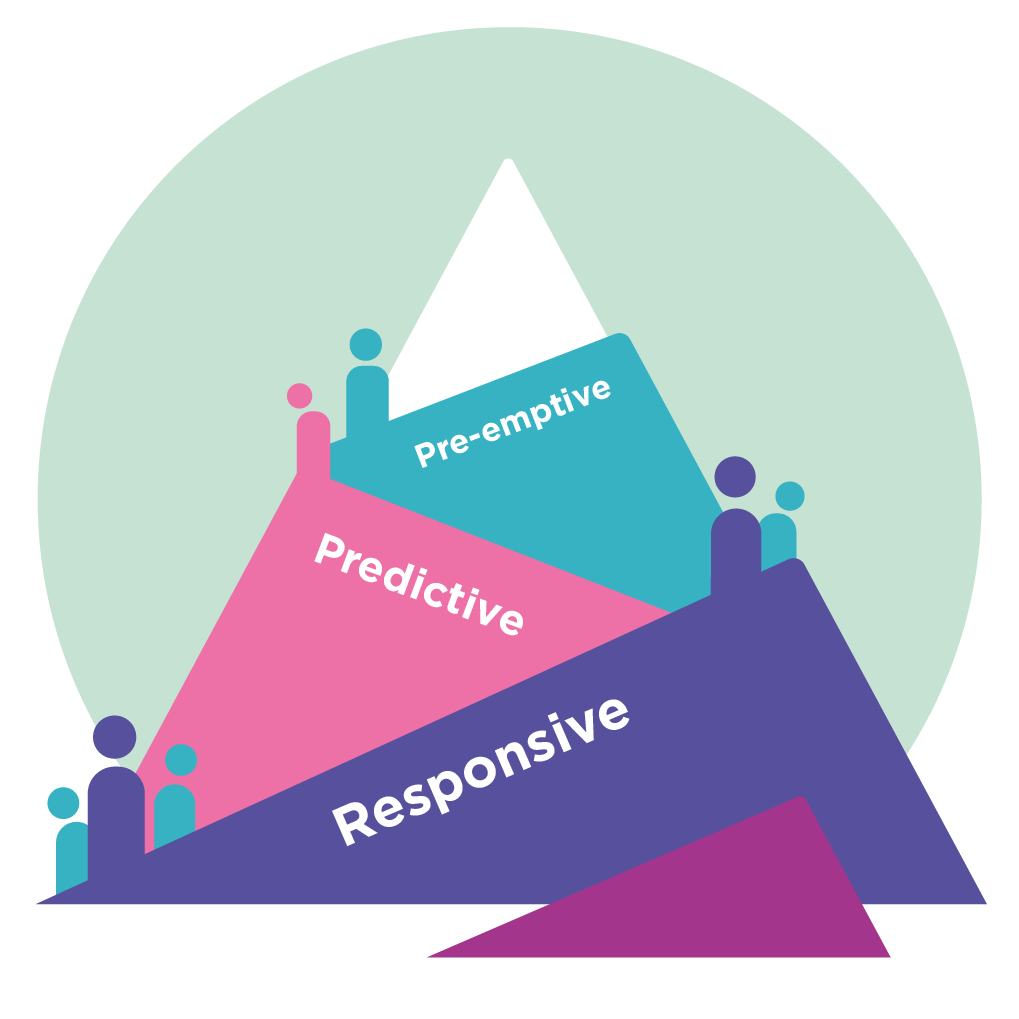
For years, IT research organizations have reported that most large enterprises consider establishing or improving their cyber threat intelligence (CTI) capabilities a high or critical priority. Yet, many enterprises never move beyond a continual game of cyber threat whack-a-mole.
With the growing diversity of threat intelligence products on the market, the emerging challenge is deciding where to start and how to make the right decisions about investment in people, processes, and technology.
This blog series discusses a framework for assessing and measuring the maturity of threat intelligence efforts and supporting organizations in progressing from reactive actions to pre-emptive CTI operations. Plus, unlike other capability maturity models, the framework described in this blog series defines a set of effectiveness metrics that help you align your CTI team’s actions with the needs of operational, tactical, and strategic stakeholders.
BLOG OVERVIEW
- 1. The Need for a CTI Maturity ModelTo align your threat landscape to your stakeholder needs, you need a CTI maturity model.
- 2. An Innovative Model for Assessing Current and Desired CTI MaturityOur CTI maturity model establishes a 5-level assessment scale that measures maturity across 8 distinct CTI capabilities.
- 3. Using the Maturity Model: Know What you are Measuring!By adding effectiveness metrics, you can answer some of your most challenging questions.
- 4. The Path to Pre-emptive CTI OperationsTo develop and deliver actionable CTI to your stakeholders, you need a framework of metrics to track your progress.
- 5. Six Steps to Guide Your CTI Maturity JourneySix concrete steps to scale up your CTI maturity.
Source: Original Post
Views: 0